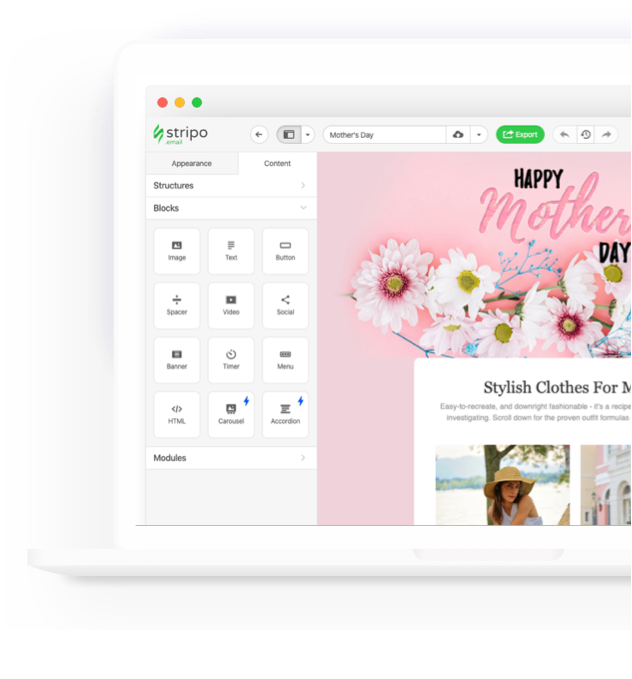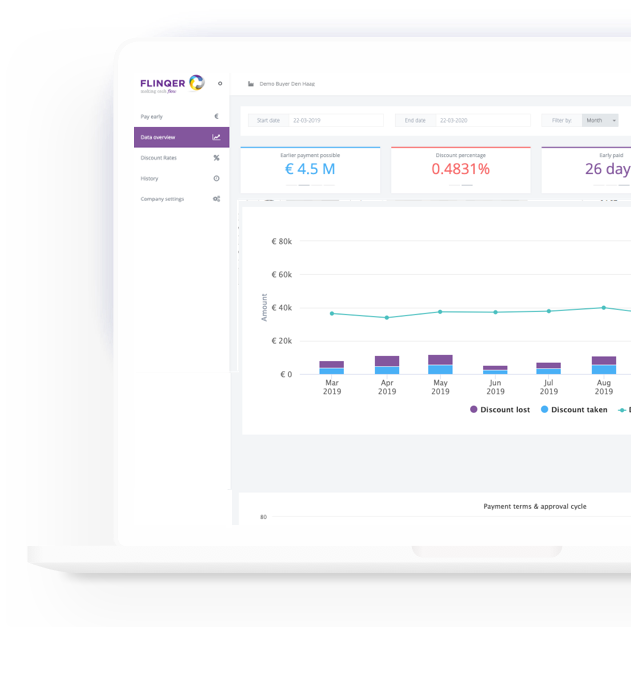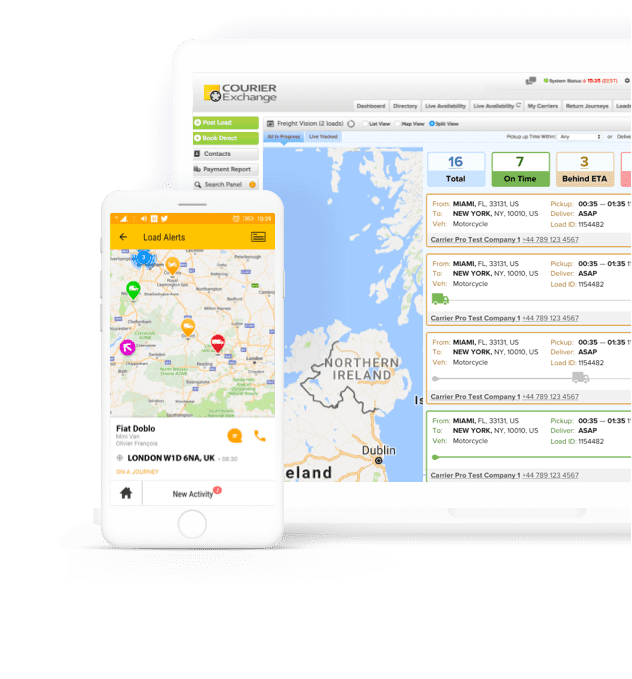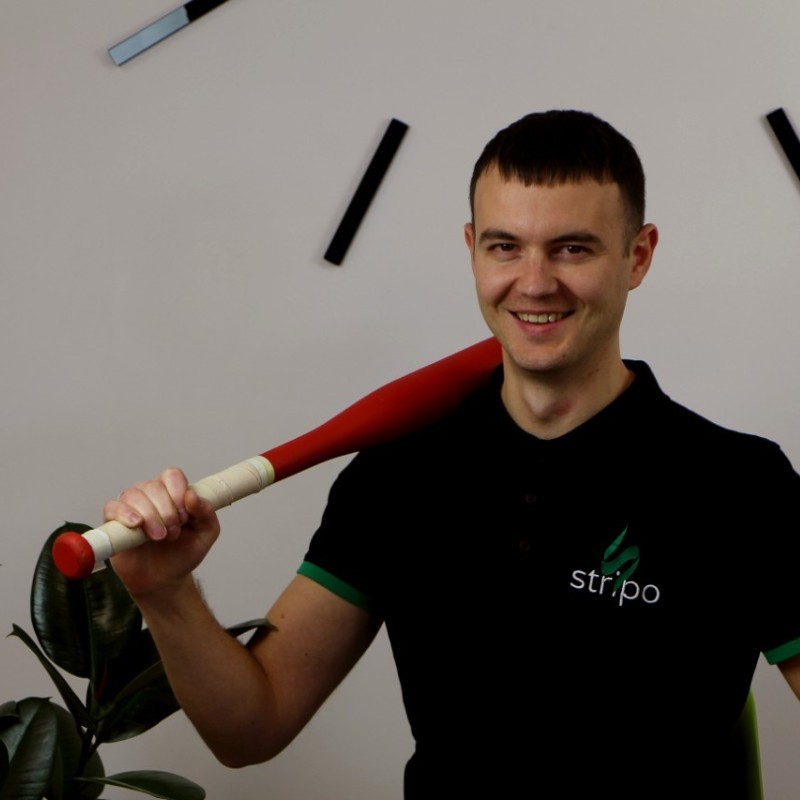





Java Development
Services We Provide
Java-based SaaS Development
Our Java-based SaaS development services offer comprehensive solutions for businesses looking to build powerful, scalable software solutions.
Mobile & Web Java Development
Our team specializes in developing, customizing, and integrating Java-based applications and websites, offering comprehensive full-cycle Java development services that allow you to retain full ownership of the end result.
Java Migration & Integration
We specialize in assisting businesses with migrating their existing application platforms to Java. Our team of Java experts offers comprehensive solutions, including seamless integration with Java systems, and ensures quality throughout the process.
Dedicated Java Development Team
At Ardas, you can hire individual Java developers or an entire cross-functional Java dedicated development team. Whether you're looking for ongoing support or need help with a specific project, we have the expertise and resources to deliver the solutions you need.
Technologies We Use for Java Development
Frameworks
Frontend
Mobile development
Data Science
Cloud Platforms
Databases / Data storages
Our Projects
Clients Say About Us
Team Engagement Models
Why choose ardas
Proven, Relevant Experience
We build your team with experienced engineers who’ve already delivered similar solutions in your industry, ready to contribute from day one.
Established, Adaptive Process
Our delivery model ensures fast team ramp-up, smooth integration with your org, and regular performance evaluation tailored to your goals.
Ongoing Skill Growth
Your team stays current. We handle continuous upskilling internally, free of charge for you, to ensure they’re trained in the latest Java and cloud tools.
Deep Java Expertise
With 20+ years of experience in Java, we’ve built secure, scalable systems across finance, logistics, healthtech, telecom, and more.
Simple Monthly Billing
One consolidated invoice per month: no tracking individuals, no hidden fees, no extra accounting hassle.
No Legal Costs and Headache
We handle all legal, payroll, and tax obligations on our side. No legal overhead for you, just focus on delivery.
Why working with us is safe?
We worked hard to create a safe and confident SaaS development and support processes
Work for hire
IP for all software is 100% yours
ISO 9001 certified
Well-polished management and processes
ISO 27001 certified
The highest attention to security
NDA and DPA agreement
We take responsibility for nondisclosure of important business matters and privacy of your customers' data
Fully insured business
Even if something goes wrong from our side, you do not risk your money. Our company is insured to protect your invested money in project
Recognitions
and Partnerships
Tell Us About Your Project
Need help with a custom Java solution tailored to your business goals? Let’s talk. Our experts move fast, bring deep industry knowledge, and can quickly assemble a team with the right experience to solve your toughest challenges. First consultation is free.























